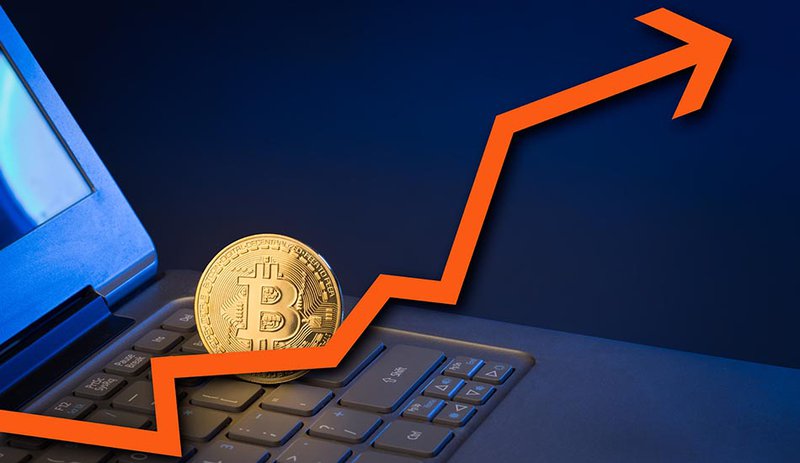2018-11-21 19:59 |
Towards the end of 2017, the whole world was talking about how Bitcoin can be used for payments and it only lacks vendors who want to accept it. Although this hasn’t been the trend mostly because the market hasn’t been stable.
Cryptocurrencies, in general, has struggled to transform from being a speculative market to a serious alternative to state-issued money. After months of relative stability, the market has again gone in a downward spiral.
The only way crypto can find stability and mainstream adaptability is if institutional investors are able to provide better technological infrastructure to it.
Joni Teves, a strategist at UBS in London says: “There would have to be a stability requirement if it is to become another form of money. But one thing that would take bitcoin into the mainstream is scalability — is it able to process the value or volume of transactions that money tends to do?”
The answer to scalability solution is Lightning Network.
The Lightning Network is a “second layer” payment protocol that operates on top of a blockchain (most commonly Bitcoin). It enables fast transactions between participating nodes and has been touted as a solution to the bitcoin scalability problem. It features a peer-to-peer system for making micropayments of digital cryptocurrency through a network of bidirectional payment channels without delegating custody of funds. Lightning Network implementation simplifies atomic swaps.
Normal use of the Lightning Network consists of opening a payment channel by committing a funding transaction to the relevant blockchain, followed by making any number of Lightning transactions that update the tentative distribution of the channel's funds without broadcasting to the blockchain, optionally followed by closing the payment channel by broadcasting the final version of the transaction to distribute the channel's funds.
To perform as intended, Lightning Network requires a transaction malleability fix, such as Segregated Witness (SegWit) in Bitcoin.
LN is becoming increasingly popular by the network growing at least by 200% even when the markets are down 25%.
origin »Bitcoin (BTC) íà Currencies.ru
|
|



















